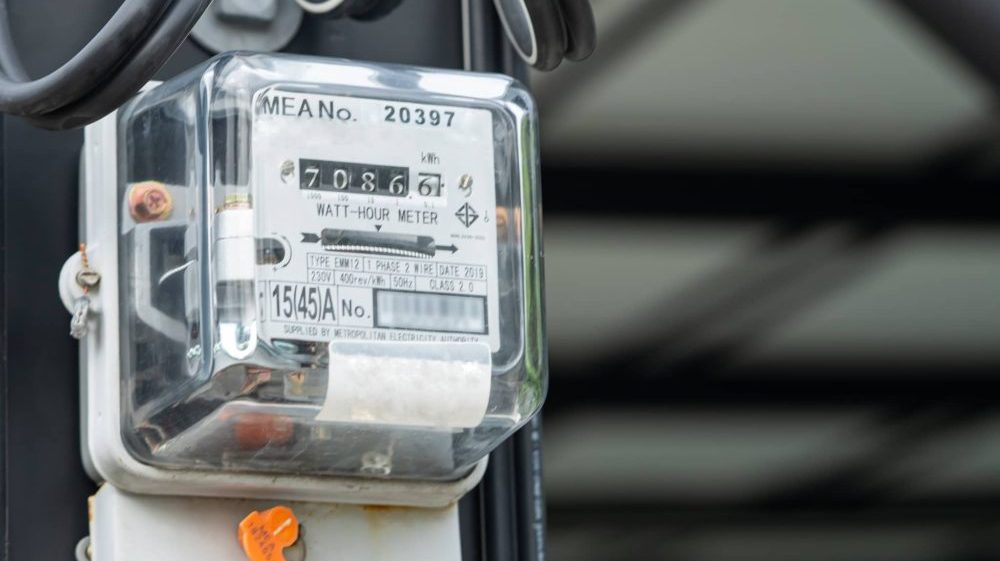Power users across Pakistan should be prepared for a net increase of rupees. During a public hearing at the National Electric Power Regulatory Authority (NPRA) on Monday, officials confirmed that the cost of negative fuel for July is 1.98 per unit per unit in their October bills.
RS. RS. 1.79 per unit, which provided some relief in September, will no longer apply since October. Instead, a positive FCA or Rs. 0.19 per unit will be received for August, resulting in an increase in the overall rupee. According to a letter from the Power Division officials, 1.98 per unit for most consumers.
In his application to the Central Power Purchase Agency (CPPA -G), former Wapda Distribution Companies (Disco) and K Victorian consumers, NEPRA explained that reference for August is the cost of fuel for August. 7.3149 per unit, while the actual average cost of generation. 7.5059 per unit.
The agency requested permission to recover additional rupees. 0.1911 per kWh to meet the difference with consumers, which collectively RS. 2.62 billion to October.
During the hearing, consumer representatives raised concerns about taxes and surcharges. He pointed out that an ordinary sales tax (GST) almost about RS. 0.60 per unit is being paid up to Rs. 3.23 per unit surcharge, which the federal government is using for payment of rupees. 1.225 billion loans from 18 commercial banks.
An interventionist noted that 18 % GST can accelerate payments on the surcharge, which could potentially reduce the payment period by six years.
Meanwhile, industrial consumers have warned that their energy costs have increased by 10 % before the Prime Minister’s relief package was eliminated, with the revenue per unit for the industry increasing by Rs. RS 29. 35. He reminded the government of the first promises to supply electricity at $ 0.09 per unit.
CPPAG officials attributed the cost to the cost of hydropower in August due to a reduction in the generation of hydropower, which causes provincial floods to release less water from dams. The hydropower share in the energy mixture is 38.8 %, which is less than 40.9 % reference level, which is forced to rely more on more expensive imported coal and RLNG.
Questions were also raised about the recent announcement of bill exemptions for the flood -hit areas. Power Division officials made it clear that the federal government would cover the cost of these exemptions, rather than reaching other customers.

